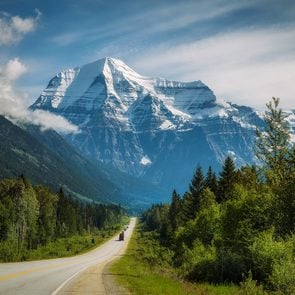Immersed in Alberta’s Natural Beauty
Exploring the prairie grasslands of the Kleskun Hill Natural Area.
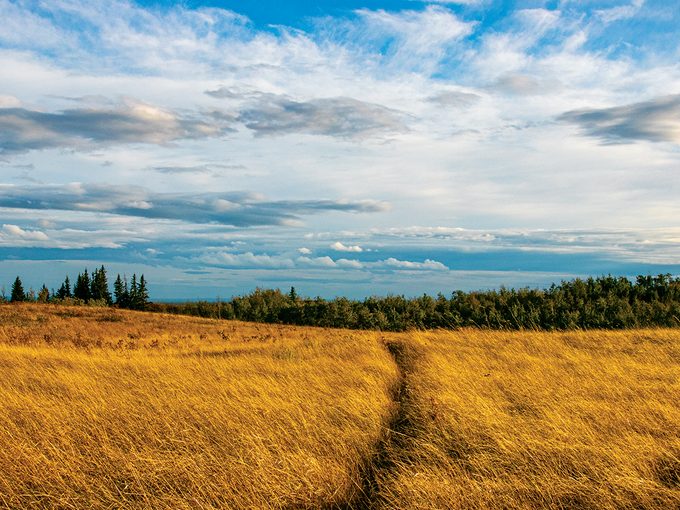
If you are visiting the Grande Prairie region of northwestern Alberta, consider exploring the Kleskun Hill Natural Area. I have hiked through this unaltered collection of beautiful landscapes many times, and each time I felt so thankful for the opportunity. Kleskun Hill allows a breathtaking exposure to the geology of northwestern Alberta. The eroded slopes of the area reveal a distinct geological history similar to that of the badlands in southern Alberta. The exposed layers of sandstone, siltstone, shale and bentonite display a colourful layered pattern that has drawn interest for centuries. Collectively, these layers of soil and rock make up the Wapiti Formation in northwestern Alberta. Along with one of the largest swathes of grasslands in the region, Kleskun Hill has a wide variety of native plants common to Alberta’s Parkland and Prairie areas. Here you can find extensive aspen groves, stands of lodgepole pine and spruce, and a vast collection of prairie grasses and shrubs.
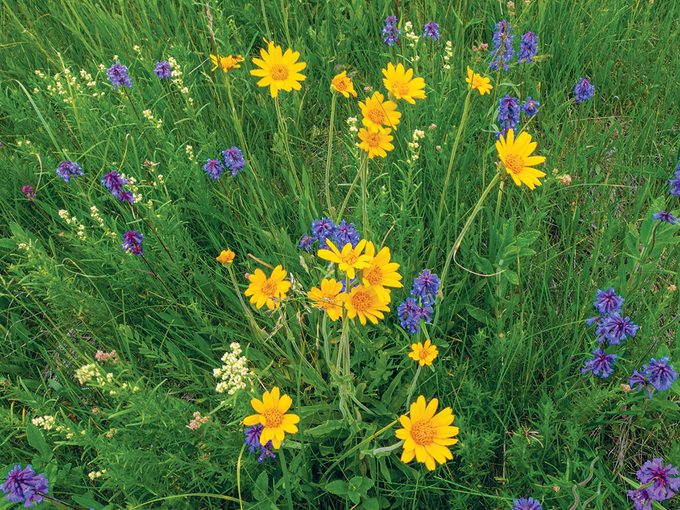
Currently in Alberta, only about one per cent of the original prairie grasslands are under federal protection. As a result, the Kleskun Hill Natural Area offers one of the province’s best opportunities to study a preserved grassland ecosystem.
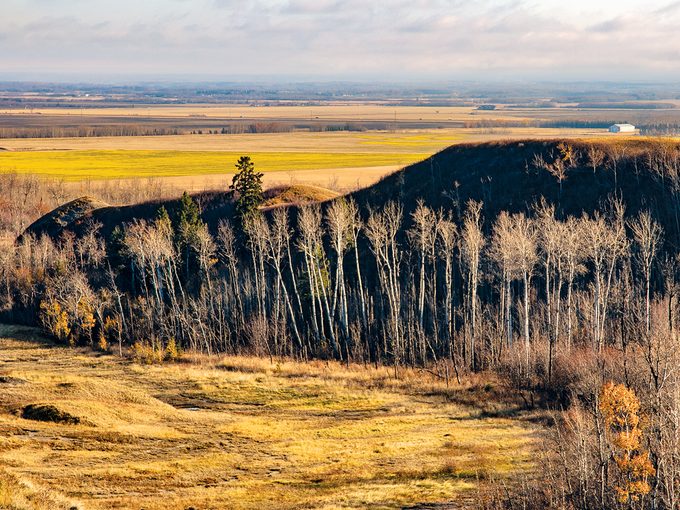
Archeological evidence shows that Indigenous Peoples have lived in the Grande Prairie area for thousands of years and that the region has been used by members of the Cree, Dane-zaa and Six Nations peoples for hunting and for gathering serviceberries (also known as saskatoons). In addition, over centuries, Indigenous Peoples in the area used the elevation of Kleskun Hill to locate and hunt what was a major food source, the wood bison.
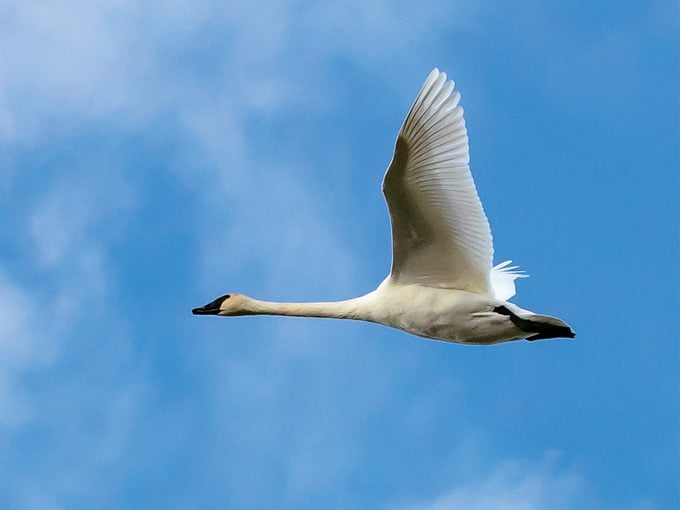
I was fascinated by the beauty and wildness of that landscape. A designated natural area, it has never been cultivated and thus holds a rich collection of flora and fauna. In the Kleskun Hill area we find a disjunct community of plants, birds and butterflies, many of which are also seen in southeastern Alberta’s prairies and central Alberta’s parklands, as well as on the eastern slopes of the Rocky Mountains. Notable birds to spot include the upland sandpiper and the meadowlark. Some showy flowering plants include the western wood lily, the prickly pear cactus, the prairie crocus, wild blue flax and, at times, a plethora of blooming arnica. In this remarkable landscape, I have hiked the trails established by bison and now used by mule deer, moose, black bears and coyotes. In mid- to late summer, the serviceberry population on Kleskun Hill produces a significant crop. This abundance draws black bears to feed on this rich food source.
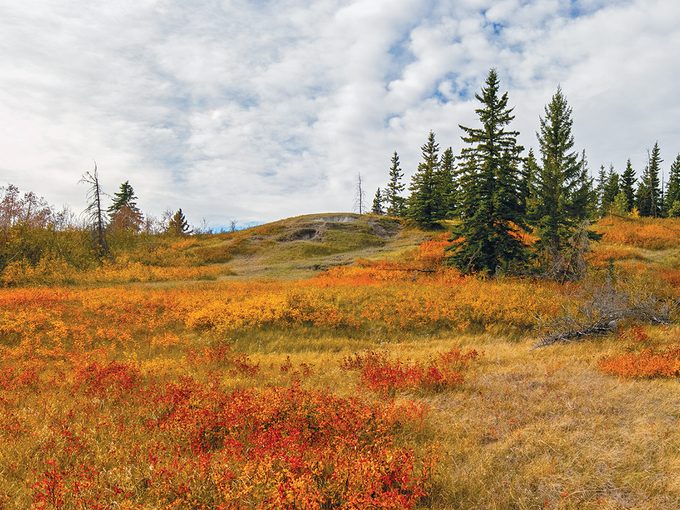
The County of Grande Prairie maintains Kleskun Hill Park and its campgrounds, and offers outdoor displays of farming memorabilia as well as a museum containing original buildings and some tools used by the early settlers. An early wave of homesteaders began arriving in the Peace River, Spirit River and Grande Prairie areas by 1910. Then, before the railroad was built in 1916, more settlers came overland on the very challenging Edson Trail. On the southeastern flats of Kleskun Hill, there is still a remaining section of the original Edson Trail to Grande Prairie.
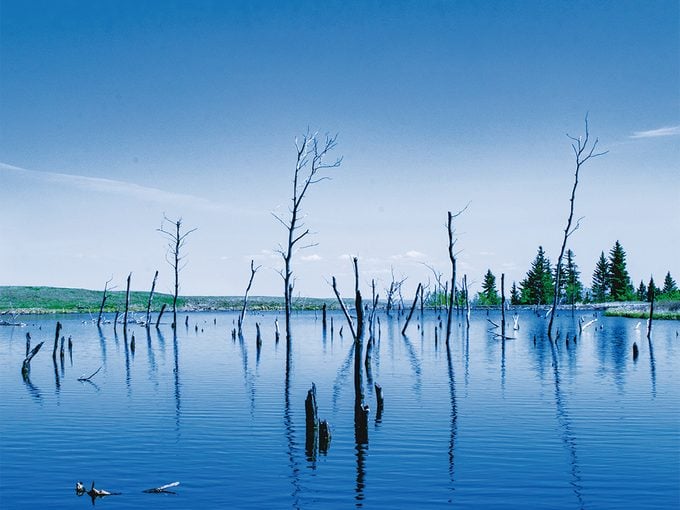
As a photographer, I loved hiking in the Kleskun Hill Natural Area for its breathtaking scenery and magnificent landscapes. During the spring and fall, the brilliant colours are impressive. If you decide to visit the Kleskun Hill Natural Area, remember to take your camera, be prepared to cross some fencelines, bring a sturdy pair of hiking boots and throw on some long pants!
Next, explore 10 national parks every Canadian needs to visit.


